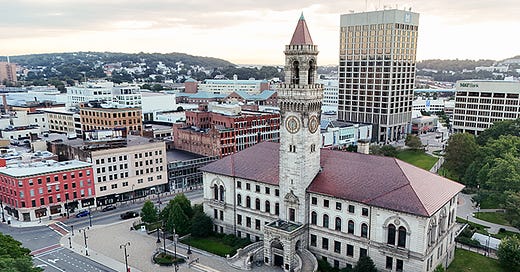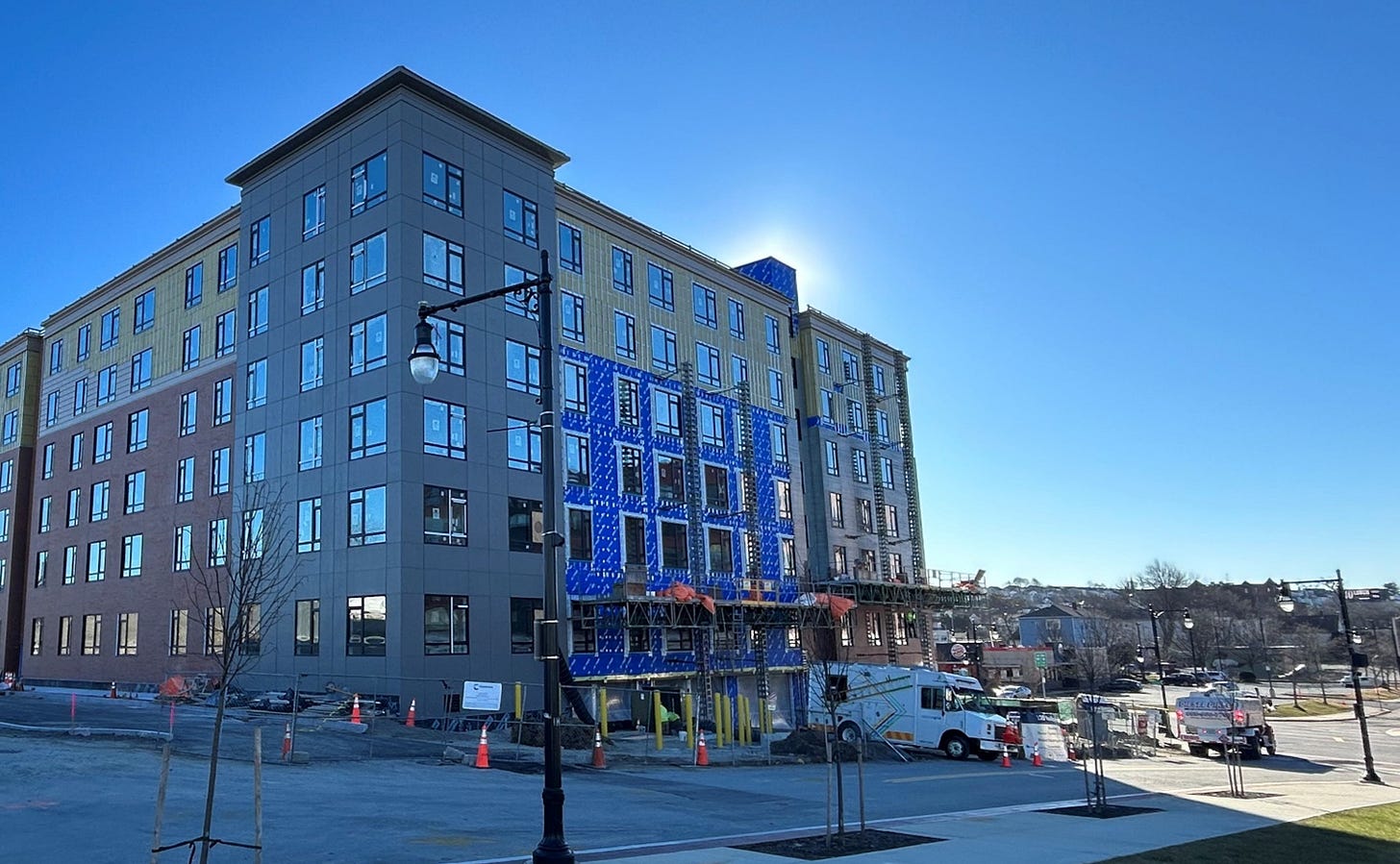Engaging the Community for the Next Strategic Plan
A primer on the purpose and development of the FY25-29 municipal operations Strategic Plan
Last week, my administration released a draft of the mission, vision, values, objectives, and strategies for the Fiscal Year (FY) 2025-2029 municipal operations Strategic Plan to solicit input from the public. Based on some early feedback that we have received, I wanted to answer a few questions that have come up.
What is a municipal strategic plan?
A municipal operations strategic plan is just like one that any business, organization, or institution might develop. It lays out a number of goals over a specific time frame that will guide the work of employees and determine their scope of work. For a municipality, that means prioritizing the work it performs for residents, businesses, and other constituents to maximize efficiency and optimize service delivery.
Why are you developing a Strategic Plan?
As Benjamin Franklin said, “If you fail to plan, you plan to fail.”
We need an organized and actionable plan guided by a clear mission, vision, and goals to maintain sustained progress and ensure we are meeting the needs of our residents. It also improves organizational health when our employees can come to work every day, know what they need to accomplish, and have clear direction and goals. Following the completion of the FY20-24 Strategic Plan, we needed to develop a new plan that reflects the needs and circumstances of the current moment.
How did the plan come to be?
The development of the FY25-29 Strategic Plan has been years in the making, taking into account community feedback since the launch of the FY20-24 plan. In addition to conducting our own community surveys, listening sessions, and stakeholder focus groups, we incorporated feedback solicited during the development of the Worcester Now | Next long-range plan and other city-wide municipal plans. Another phase of planning was an in-depth self-study period, during which the administration reflected on who Worcester is as a city and who Worcester is as a municipal government.
The priority areas were designed to reflect Worcester’s evolving demographics, promote equity, and ensure that no community members are overlooked. They also represent the essential services that a municipal government owes to its residents and must be held accountable for, while maintaining sustainable and efficient operations. Once those priority areas were set, we began to drill down into the specific objectives and strategies.
If you’ve already received so much community input, why are you asking again?
We want to make sure we didn’t miss anything. The mission, vision, values, objectives, and strategies were developed based on feedback to date, and now we want to fine-tune them. You can never get enough community input!
If it’s for municipal operations and employees, why would the public give feedback?
As public servants, everything we do must be geared towards the people we serve and their needs. While we know we need to deliver the essentials like trash pickup, filling potholes, and plowing snow, we also can’t unilaterally decide what’s best for all residents. Public input is critical for service delivery.
You mentioned other plans like Worcester Now | Next. How is this different?
This Strategic Plan provides operational priorities for employees across all departments to guide their work over the next five years. That work is partly informed by specific plans like Worcester Now | Next (development and infrastructure), the Green Worcester Plan (sustainability and climate resilience), the Cultural Plan (arts and culture), etc. In a way, the Strategic Plan unifies the others by setting objectives and workflows that will enable us to fulfill their vision.
When will the plan be finalized?
This round of public feedback is open through Wednesday, June 26, and we have already started to incorporate submitted ideas. It will take a couple weeks after that to make sure we captured everything and to finish designing the final plan. We are aiming to have everything completed and launched in July.
Then what happens?
The administration will operationalize the Strategic Plan by crafting Departmental Development Plans (DDPs), which will lay out more specific goals tailored to particular divisions. The DDPs will also be the source for staff role-specific tasks and evaluations so that we can stay on track and make sure we’re pulling in the same direction. FY25 DDPs will be available shortly after the official launch of the Strategic Plan.
How will you track it?
Every year, a DDP progress report is submitted by each department/division as part of the municipal budget, which the public will be able to review. We also plan to supplement that with a separate Strategic Plan report.
How can I give my feedback?
You can read the draft plan and access the public feedback form here.





